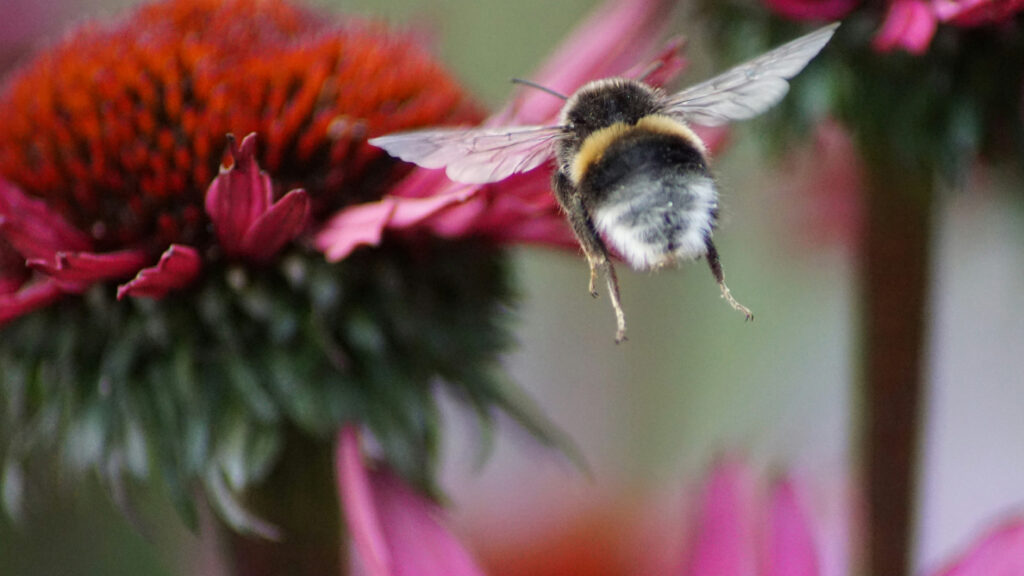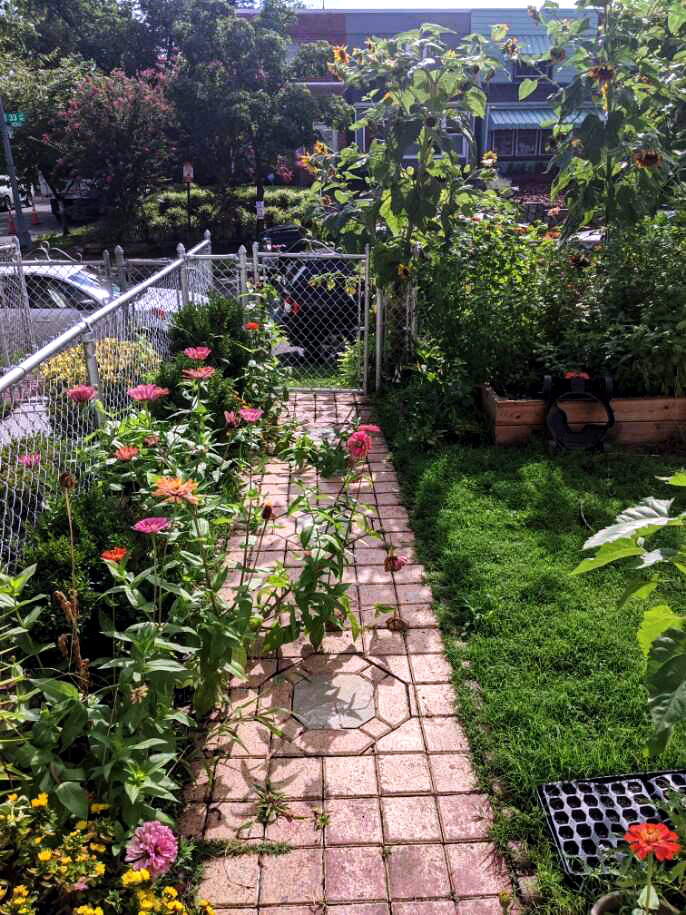Here’s how you help us create a pollinator pathway through the District.
Use the planning materials below to transform your yard, balcony, or even porch, into a haven for butterflies, bees, and other pollinators.
Would you like help with your pollinator garden?
DC Natives can sponsor your garden. Complete the sign-up form below and we’ll contact you and invite you to an upcoming (free) information session.
Do you have an existing pollinator garden?
Add your local DC garden to our map! Together, we can turn the District into a flourishing pollinator haven.
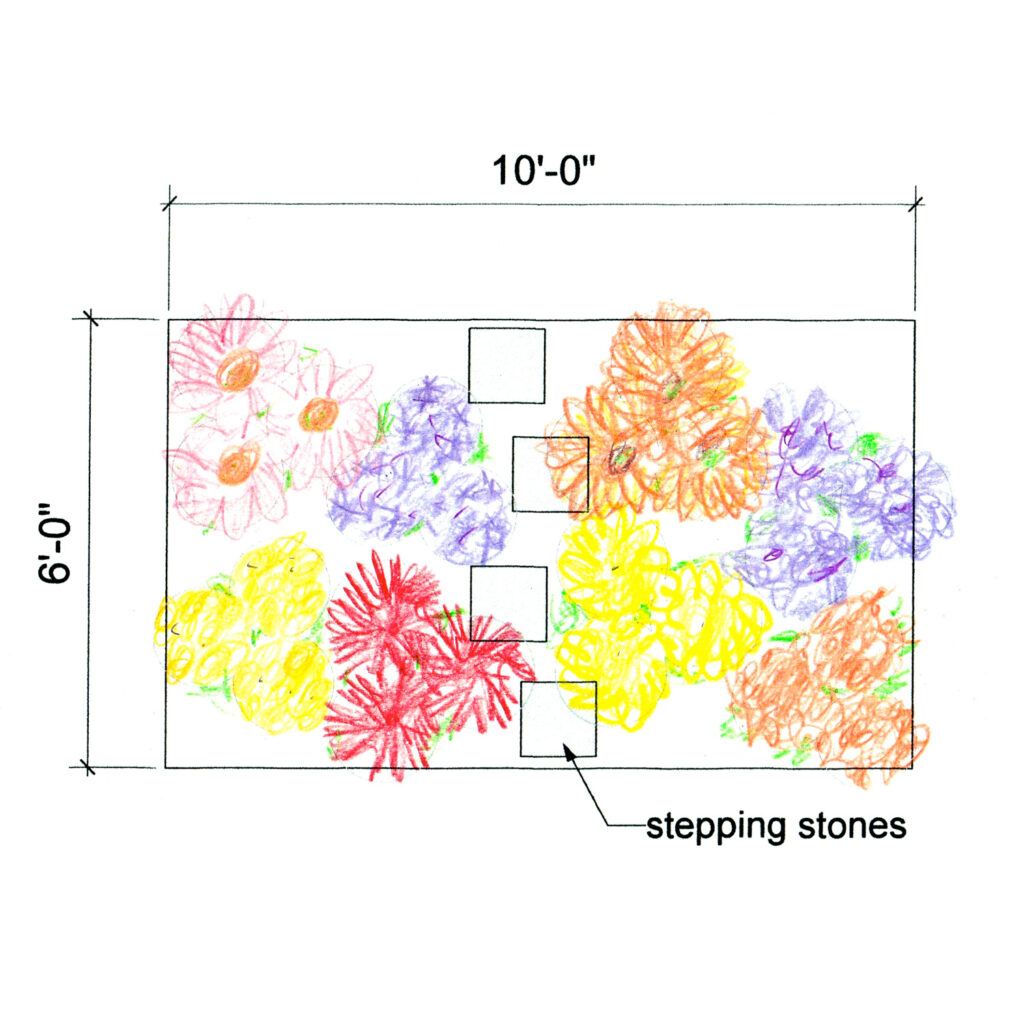

Make a plan for your pollinator garden
Thoughtful design and planning will make your pollinator garden stunning and affordable, with minimal maintenance.
Things to consider when planning your pollinator garden
Light
Gardens need at least six hours of sun per day.
Water
A water source is absolutely necessary. Your hose should easily reach your garden. Watering cans may be enough for container gardens.
Surface
Gardens can go in-ground, in a raised bed or in pots or containers.
Traffic
A little distance from active play areas and pet spaces will keep your corner of beauty safe.


Be a designer
Your garden can be a reflection of your taste and personality. Have fun with it!
Plants that will flourish and blossom for years
Listed early bloomers to late summer beauties
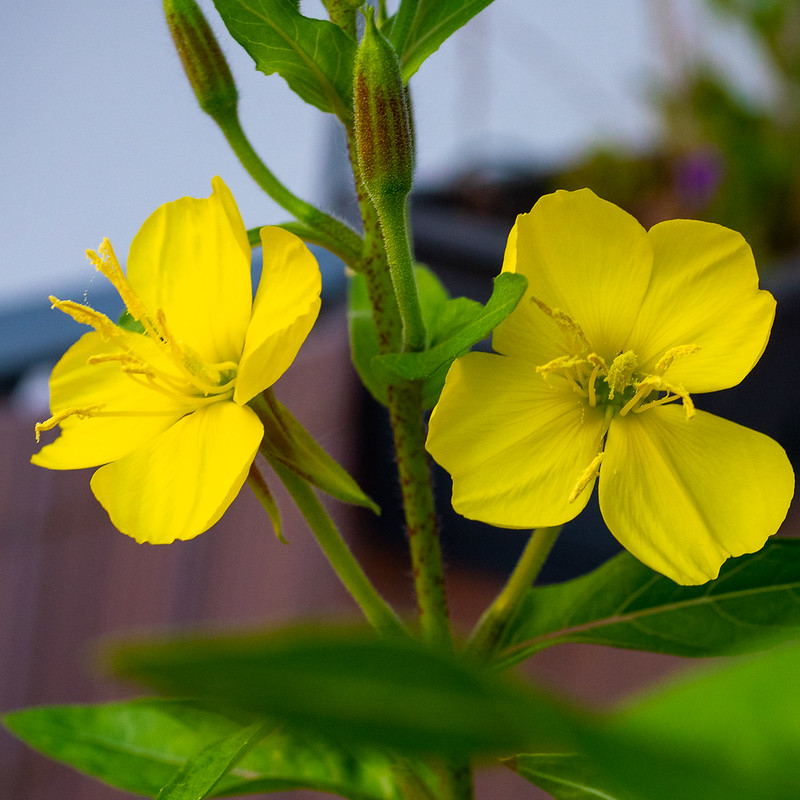

Evening Primrose
Oenothera fruticosa
Yellow or Soft Pink
12-18″
Learn more


Cranesbill Geranium
Geranium maculatum
purple
8-15″
Learn more
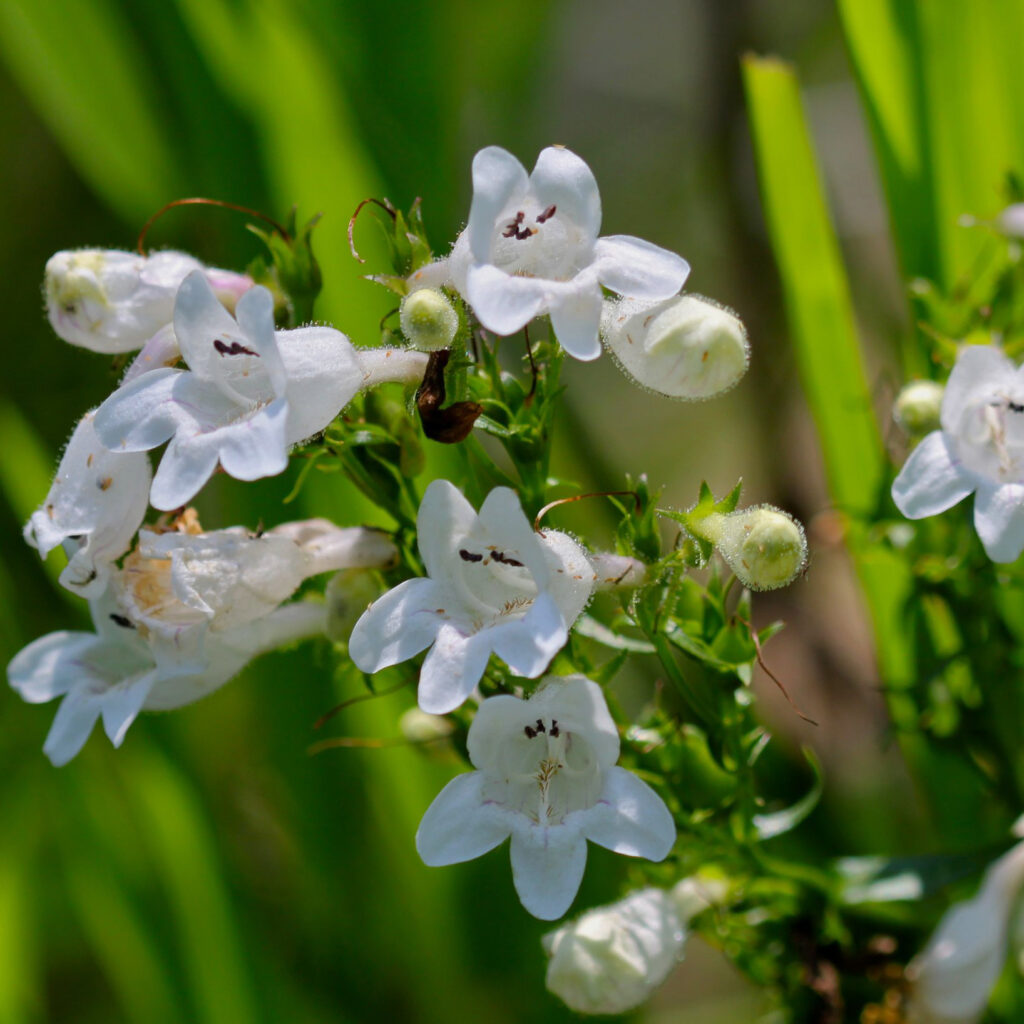

Beardtongue
Penstemon digitalis
White and Pink
18-36″
Learn more
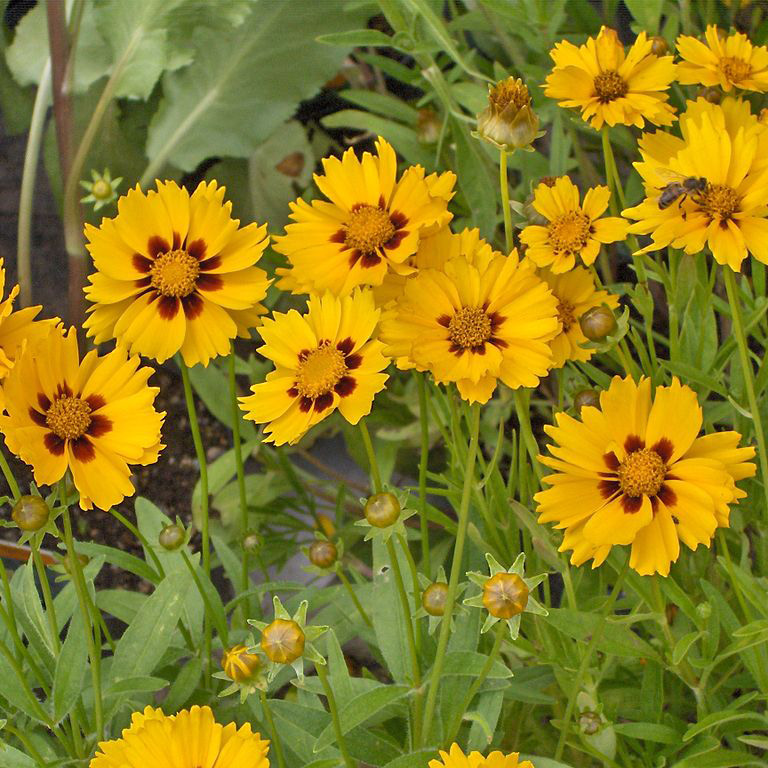

Tickseed
Coreopsis lanceolata
Yellow
12-24″
Learn more
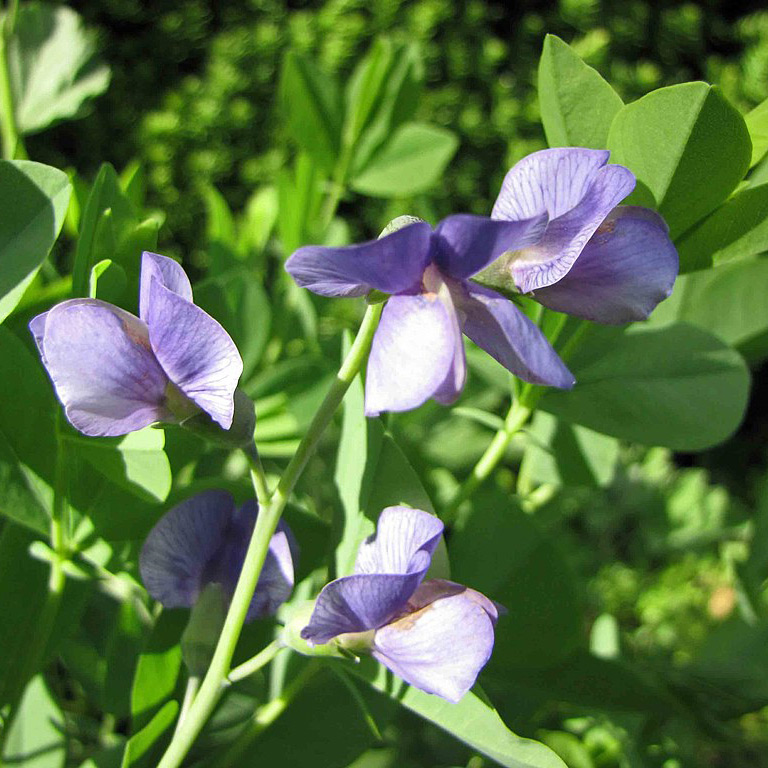

False Indigo
Baptisia tinctoria
Yellow or Blue
36-42″
Learn more
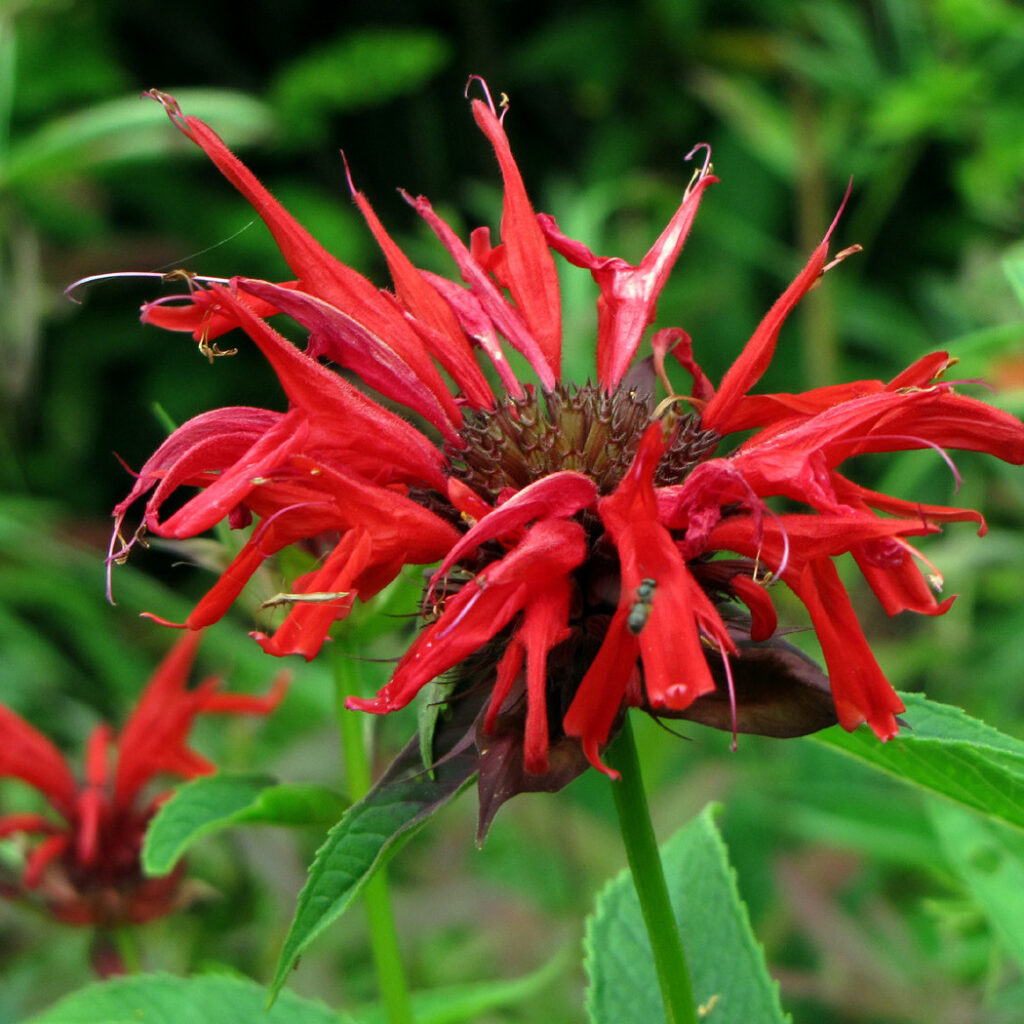

Bee Balm
Monarda didyma
Red, Pink, or Purple
18-36″
Learn more
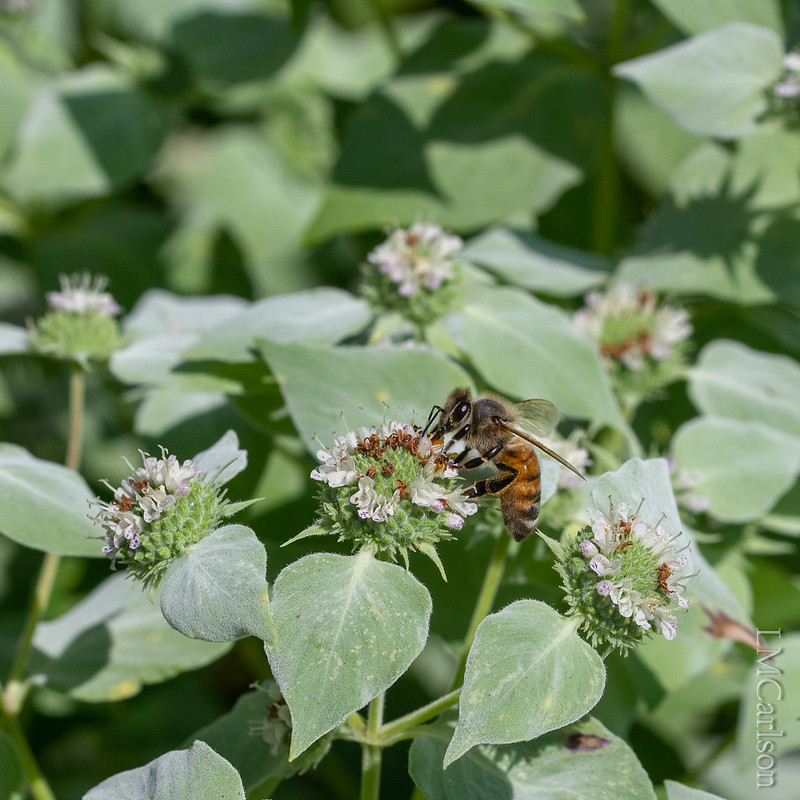

Mountain Mint
Pycnanthemum muticum
White
12-24″
Learn more


Blazing Star
Liatris spicata
Purple
20-24″
Learn more
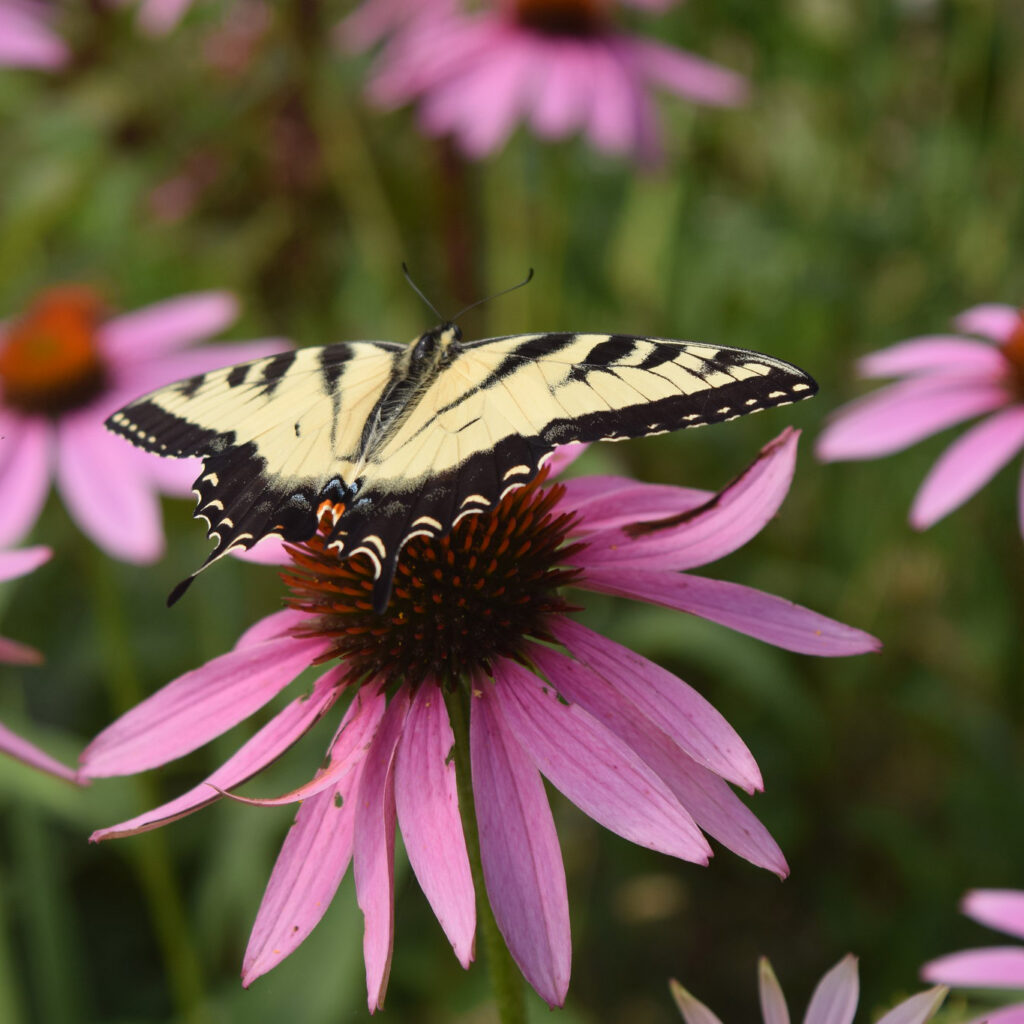

Coneflower
Echinacea purpurea
Lavender
18-36″
Learn more
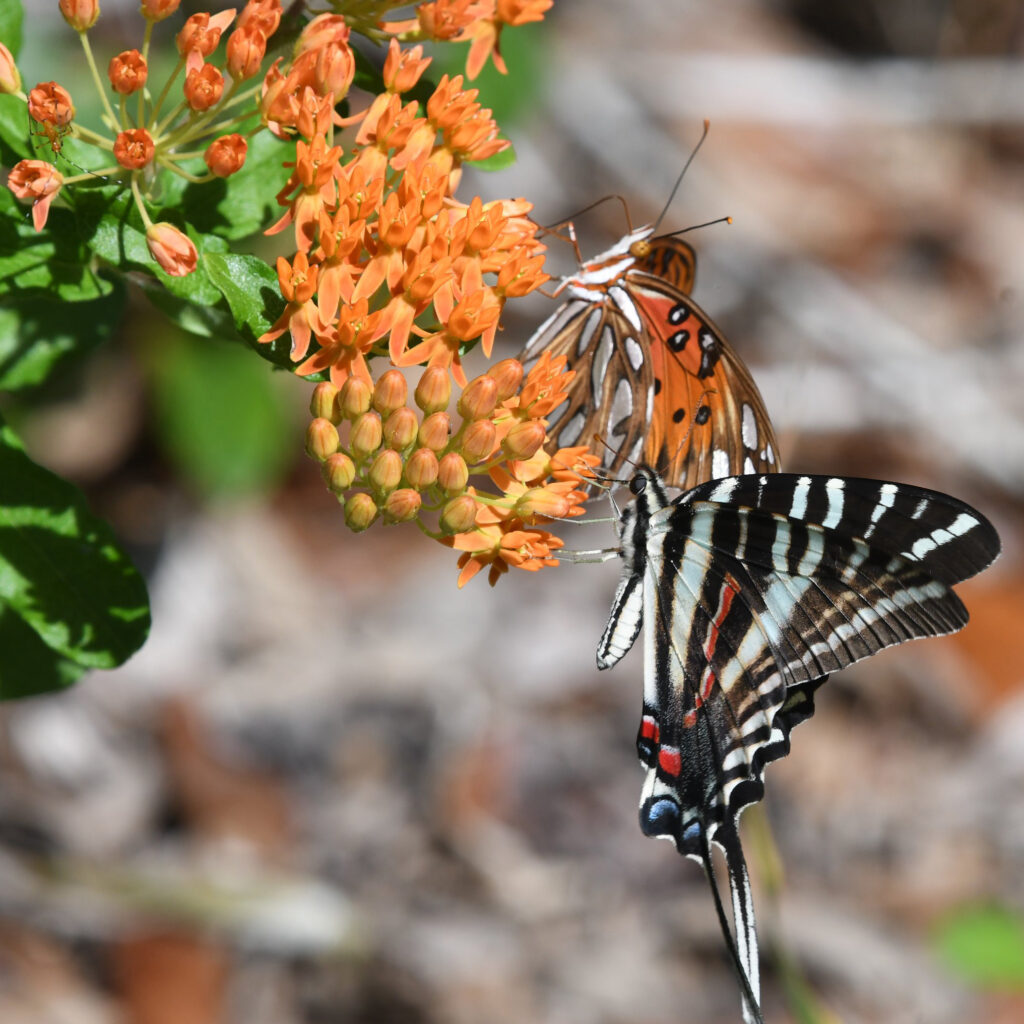

Butterfly Weed
Asclepias tuberosa
Orange
18″
Learn more
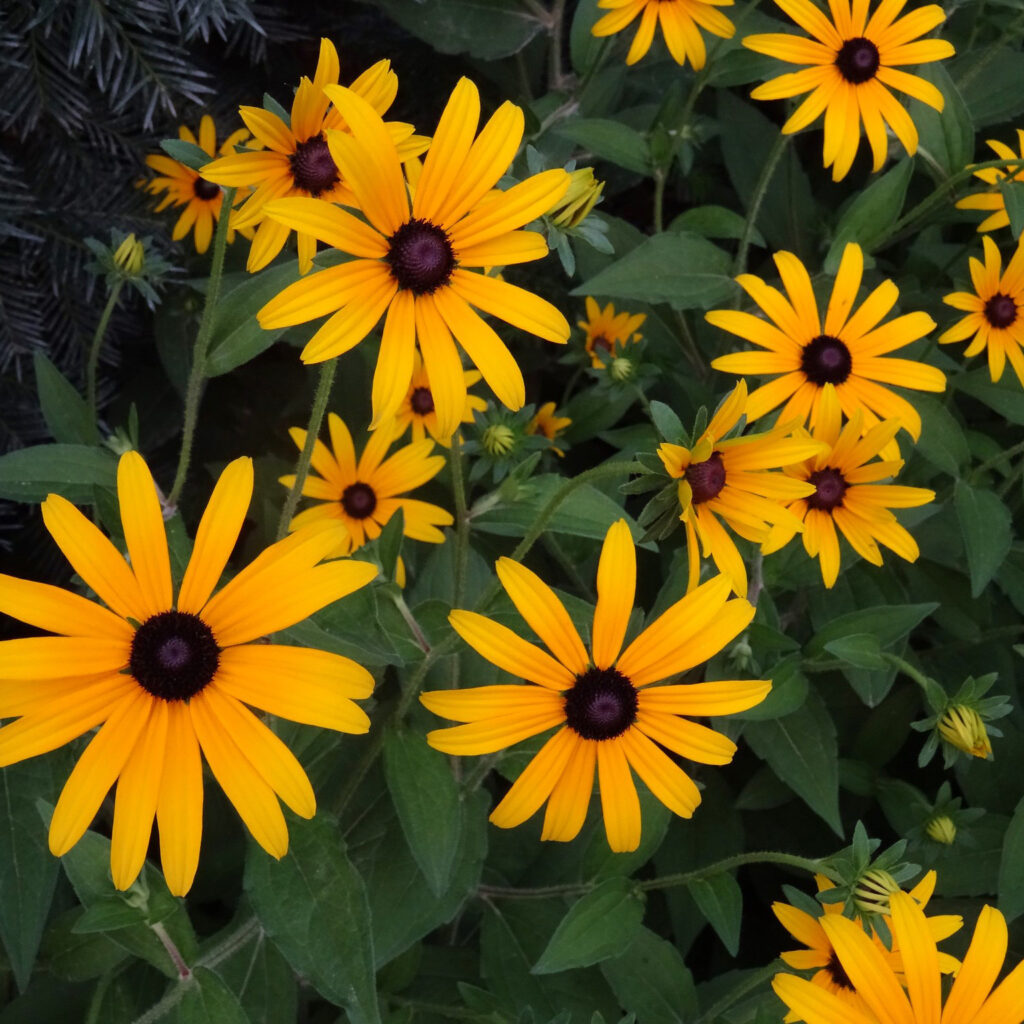

Blackeyed Susan
Rudbeckia fulgida
Yellow
18-36″
Learn more
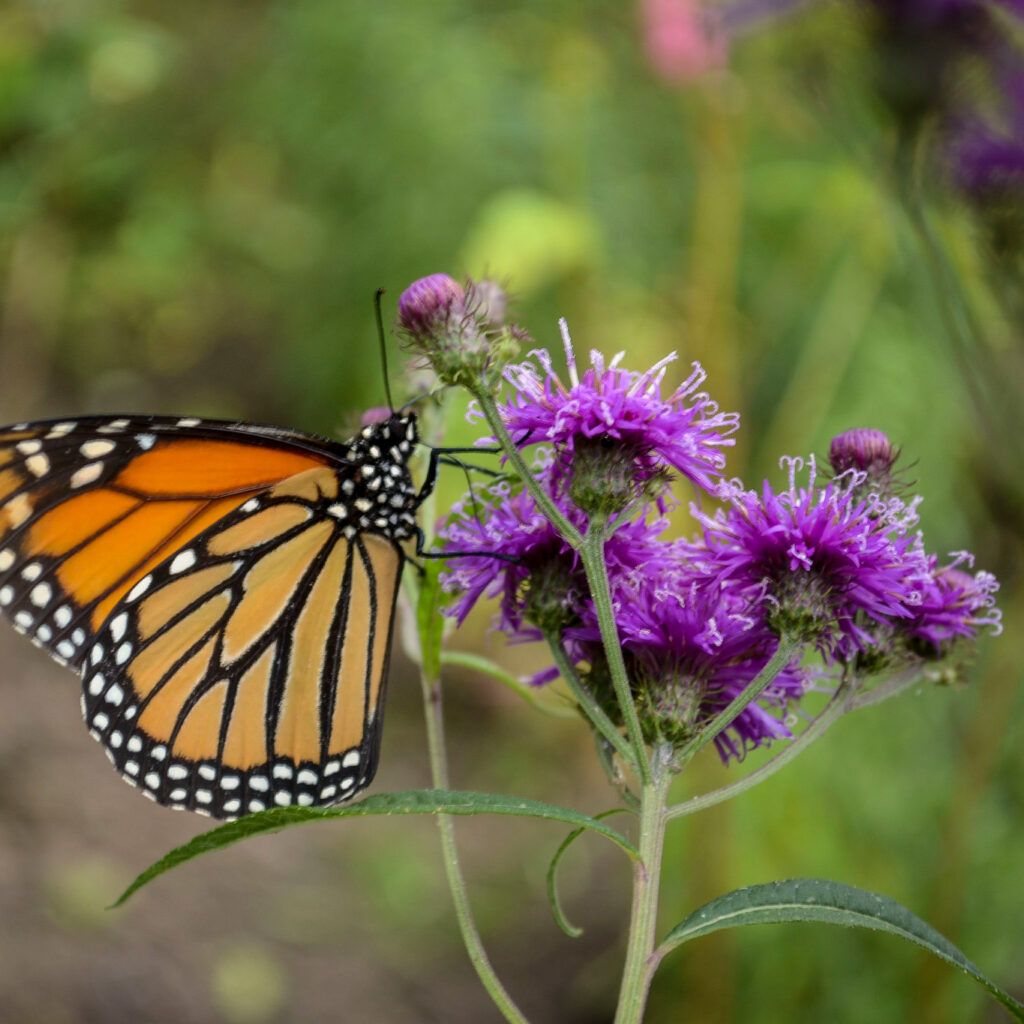

Ironweed
Vernonia noveboracensis
Deep Reddish-purple
5-8′
Learn more


Anise Hyssop
Agastache foeniculum
Purple
18-36″
Learn more
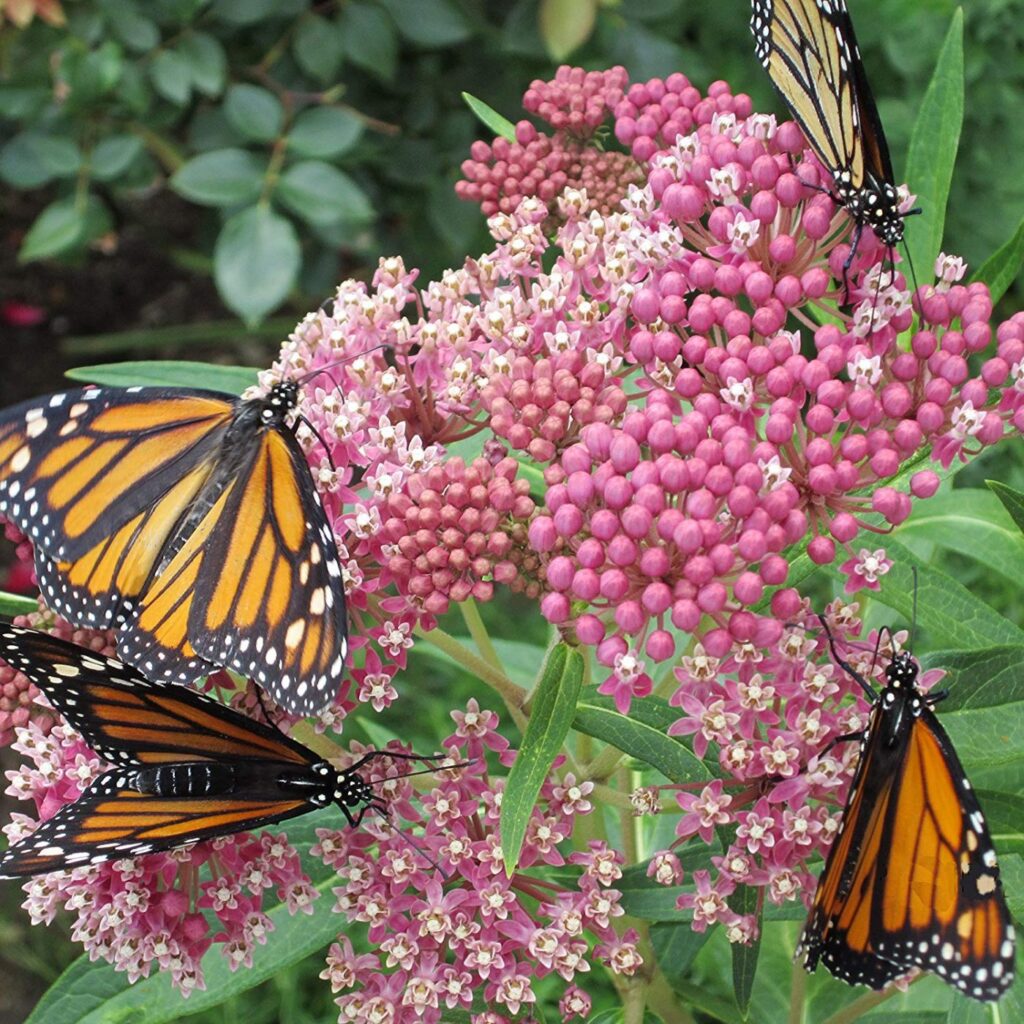

Swamp Milkweed
Asclepias incarnata
Pink
24-36″
Learn more
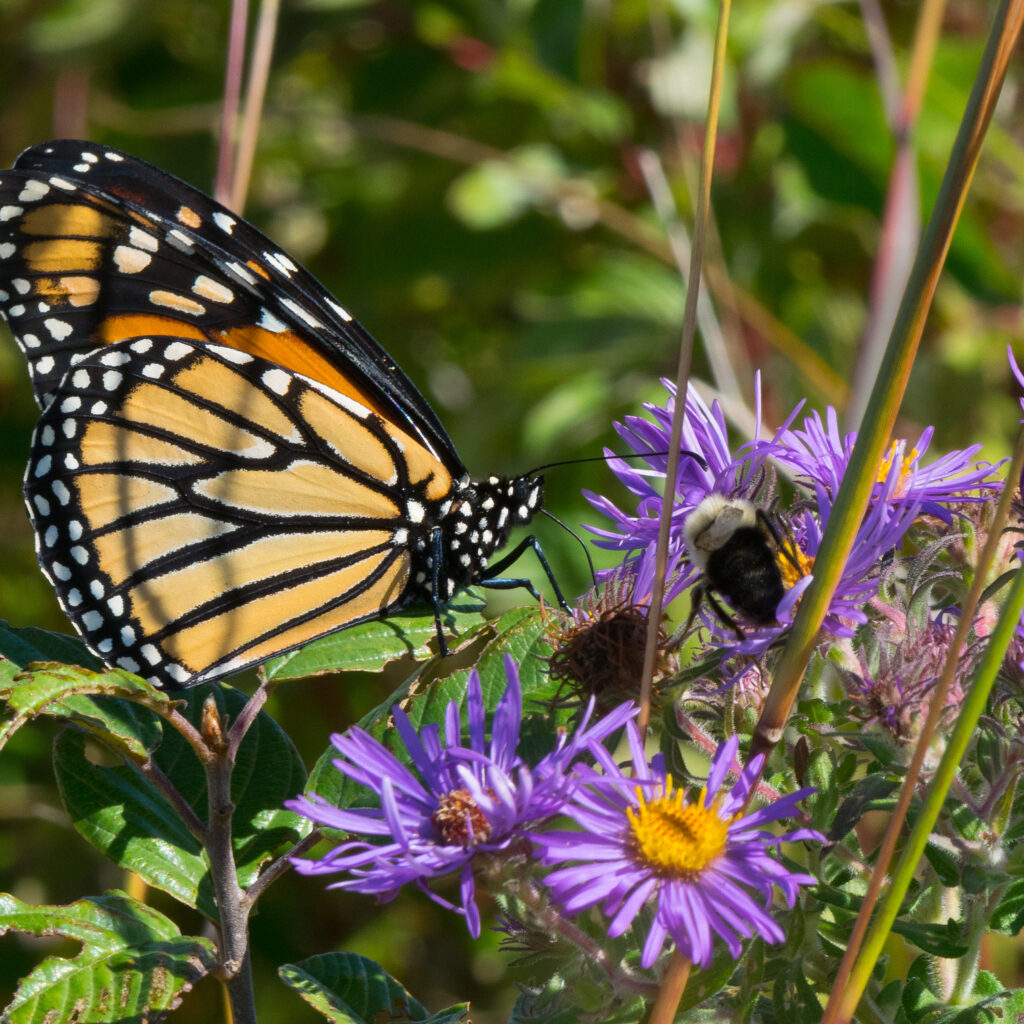

Aster
Symphyotrichum novae-angliae
Blue
24-36″
Learn more
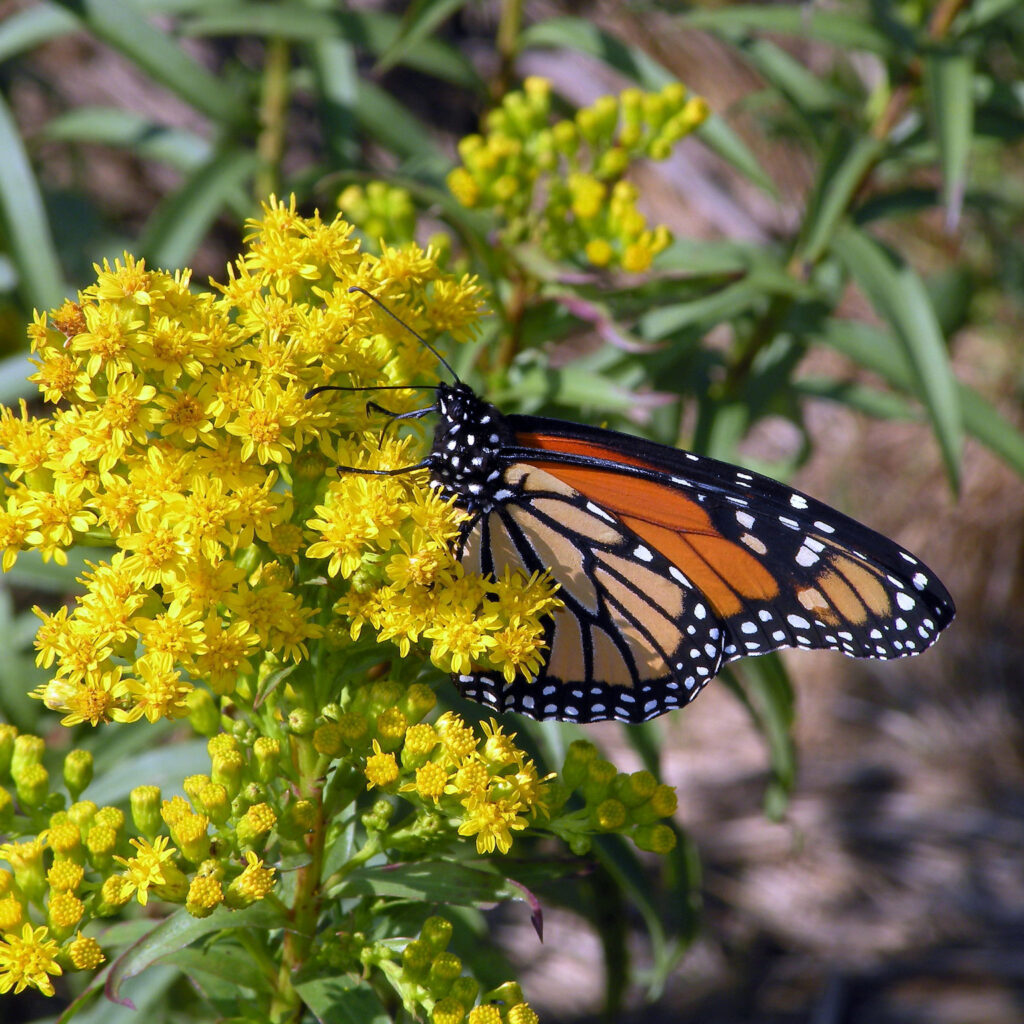

Goldenrod
Solidago sempervirens
Yellow
24-36″
Learn more
Find more Mid Atlantic pollinator-friendly plants.
Things to consider when designing your pollinator garden
Rule of 3
Plant for 3 seasons: spring, summer, and fall; aim to have 3 different species in bloom each season; and plant in groups, at least 3 of each variety.
Color
Pick what you love. Some plants come in a variety of colors, so read labels carefully. Different colors attract different pollinators.
Height
Plants can range from 6″-6′ Consider the size of your space. For example: Tall plants can look great against a wall or fence; Walkways can look beautiful lined with knee high blooms.
Season of Blooms
Nature offers plants that bloom early spring through late fall. Pair early flowers with later bloomers to have color all season.
Host and Nectar Plants
Host plants support pollinators throughout their life cycle as homes and as food. Some species need specific plants. Monarch butterflies, for example, require Asclepias species for their survival as they are the only plants on which the caterpillars can feed. Other plants are beautiful and good nectar (food) sources. With a mixture of larval host plants and nectar sources you can attract pollinators throughout their life cycles.
Native and Non-Native Plants
While native plants are essential host and nectar plants, some non-native plants are good nectar sources. Limit the use of non-native species to 15% or less of your pollinator garden. Also, it is more beneficial for the pollinators to use straight species as often as possible rather than hybrids that are often developed for commercial sale.
Generalist and Specialist Pollinators
Some pollinators are supported by many types of plants (“generalists”); some plants are the only source for specific pollinators (“specialists”). Plant for the specialists since their plants also serve generalists.
Don’t Forget the Annuals
Annual flowers need to be replanted every Spring. Perennials return year after year. Both have value to the pollinators. Some recommended annuals include zinnias, cosmos, and sunflowers. Pollinators also love annual herbs when they flower: Dill, Parsley, and Cilantro are common favorites.
More information on planting pollinator-friendly gardens


Dig in and start planting
Now comes the fun part!
Planting tips to help ensure success
Assemble
Find or invest in basic gardening tools like a shovel, trowel and gloves. Depending on your chosen garden location you will need: Raised bed materials (metal or wood), soil or compost, plants/seeds and mulch.
Prep
To convert an existing lawn or planting area, remove current grass or plantings and turn the soil to loosen it. Raised beds can be constructed of metal or wood. Large pots or containers also work. All new gardens need 1-2″ of topsoil and/or compost mixed into old dirt.
Arrange
Cluster like plants together, about 18″ apart, in groups of 3 or 5. Pollinators appreciate the easy access of a mass of flowers. Clumps of color are also visually appealing to people.
Front to Back
Shorter plants go in front so they don’t block the view of the beauties behind them. Staggered height plants are also easier to tend!
Weed Block
Gardens built near invasive weeds may benefit from weed-block fabric. Common Mid Atlantic invaders are mugwort, nutsedge, bindweed, and crabgrass.
Soaker Hose
Inexpensive soaker hoses save water by efficiently getting to the base of the plant. Soaker hoses go under mulch. They are twirled around plants and pinned in place with cheap landscape staples.
Mulch
2-3″ of hardwood mulch atop the garden will suppress weeds, enrich soil and retain moisture.
Fencing
Wire or wood fencing can provide a visual and functional barrier in gardens where people walk and pets linger.
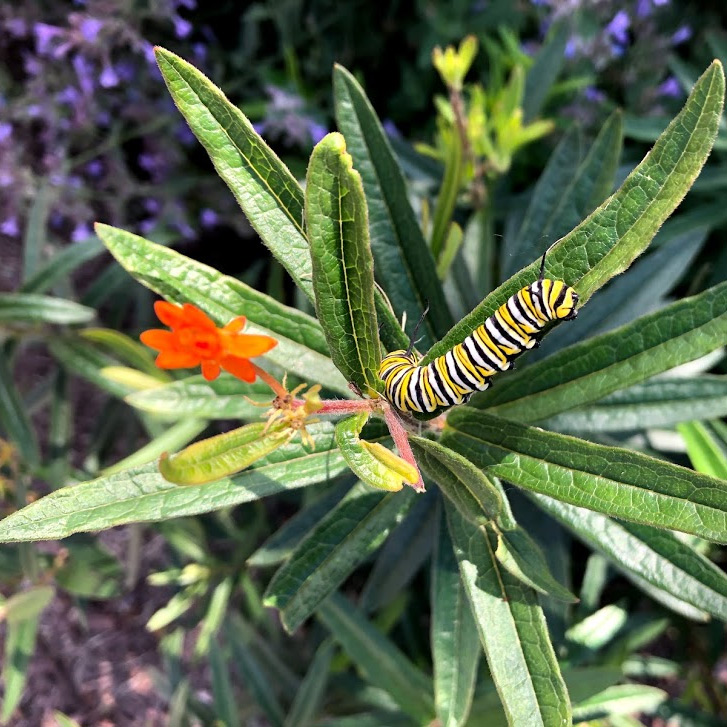

Nurture and enjoy!
Create a space to relax and enjoy your beautiful plants and watch the pollinators come and go.
Be a good host and keep your pollinators happy!
Avoid Chemicals
Avoid herbicides and pesticides, including mosquito control services. Chemicals will harm pollinators and disrupt the balance of the ecosystem by killing predators that naturally get rid of pests. Chemicals tend to be overused and misused, with excess washing into storm drains and harming aquatic wildlife.
Offer Pollinators Water
Water sources, like a birdbath or a butterfly puddler, will attract pollinators and help them stay hydrated.
Keep your garden healthy and watch it thrive season after season
Summer Maintenance
Water every other day. To best judge if watering is needed, jab a stick into earth. If it does not go down approximately six inches, then you need to water! Weed. All the time.
Fall Maintenance
Be a lazy gardener; don’t clean up for winter. Bugs are pollinators that keep gardens healthy. They live in the rotting foliage and help break it down, adding nutrients back into the soil for next year’s growth.
Spring Cleaning
Take out all dead and dying plants and replace with new ones. Add approximately 1″ of leaf mulch or compost to the entire garden. Gently nestle hardwood mulch around your plants.
